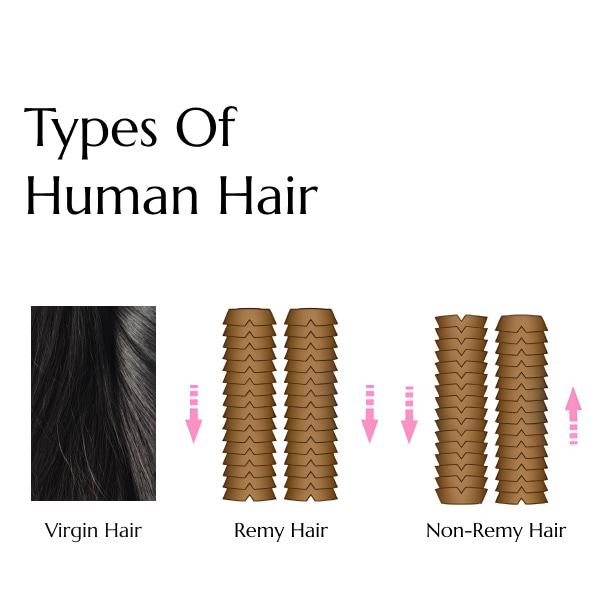
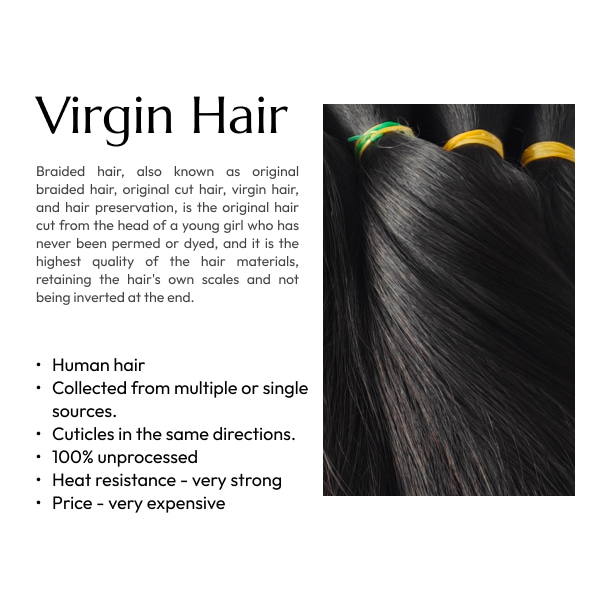
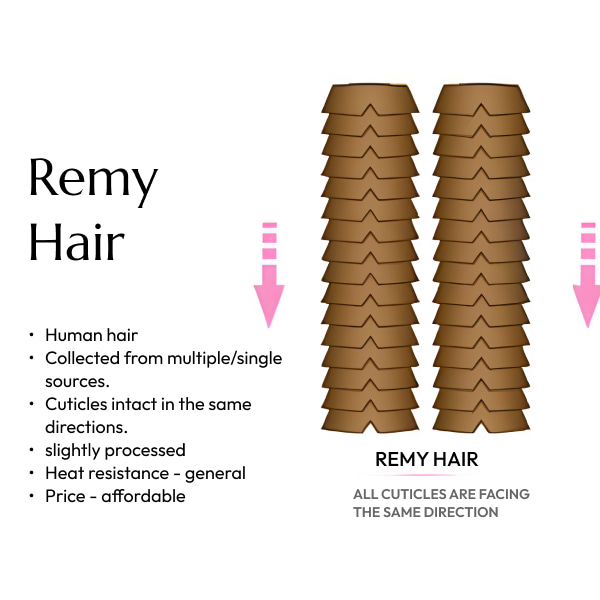
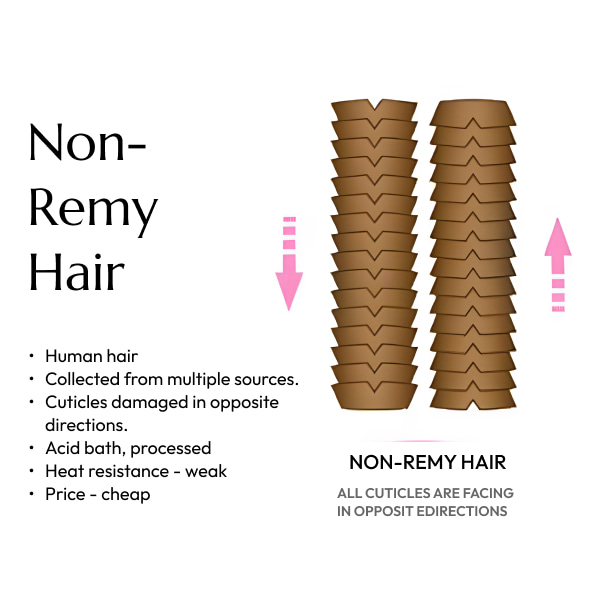
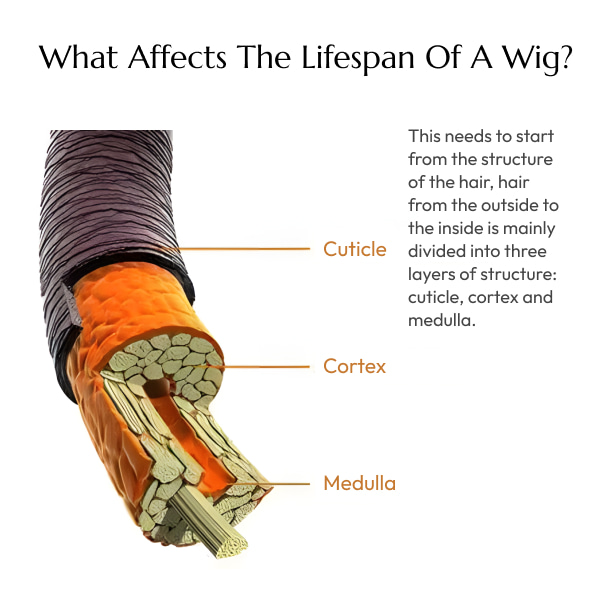
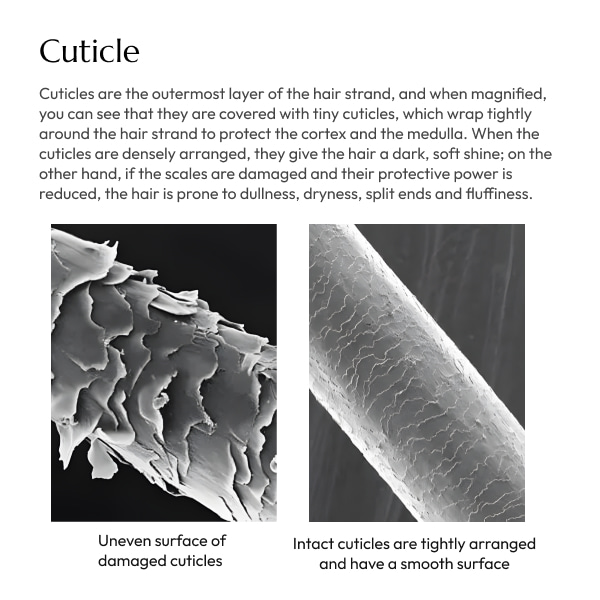
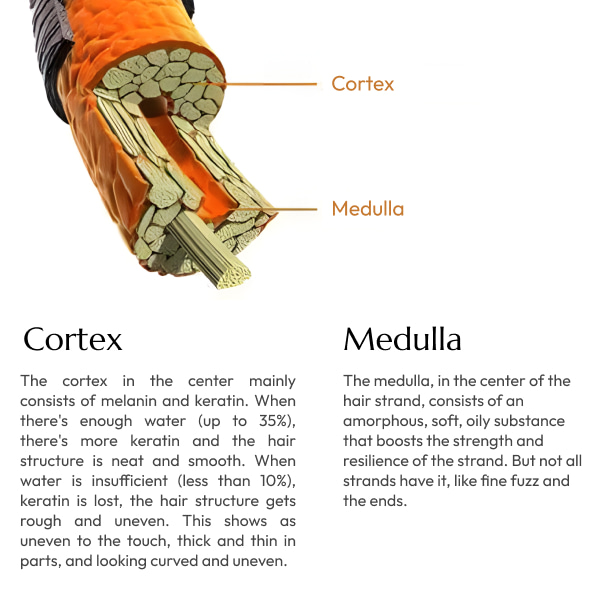
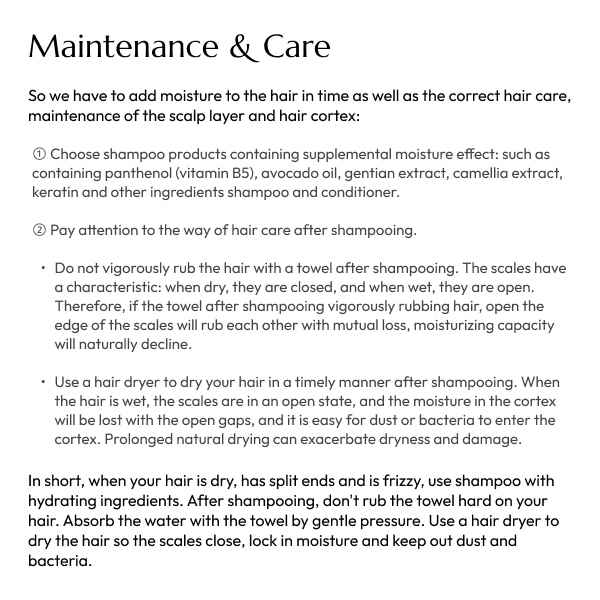
Virgin hair,Remy hair,Non-Remy hair, Which one is better?
Introduction
Virgin hair, remy hair or non-remy hair are derived from 100% natural human hair. In the market, these types of hair are GOOD quality hair to make hair extension. In this article, it gives you a general view and explain about them as well as provide the difference between virgin,remy and non-remy hair so that you will achieve new knowledge.
Types of Human Hair
Virgin Hair
Braided hair, also known as original braided hair, original cut hair, virgin hair, and hair preservation, is the original hair cut from the head of a young girl who has never been permed or dyed, and it is the highest quality of the hair materials, retaining the hair’s own scales and not being inverted at the end.
- Human hair
- Collected from multiple or single sources.
- Cuticles in the same directions.
- 100% unprocessed
- Heat resistance – very stong
- Price – very expensive
Remy Hair
Remy hair is human hair that has been collected with the cuticles intact and aligned in the same direction. This reduces tangling and matting, making it easier to manage and maintain. Remy hair can be virgin or processed.
- Human hair
- Collected from multiple or single sources.
- Cuticles in the same directions.
- slightly processed
- Heat resistance – general
- Price – affordable
Non-remy hair
This includes human hair that has undergone chemical treatments, such as coloring, perming, or relaxing. While still 100% human hair, the processing can affect the hair’s quality and durability.
- Human hair
- Collected from multiple sources.
- Cuticles damaged and opposite directions.
- Acid bath, processed
- Heat resistance – weak
- Price – cheap
What affects the lifespan of a wig?
This needs to start from the structure of the hair, hair from the outside to the inside is mainly divided into three layers of structure: cuticle, cortex and medulla.
- Cuticle
Cuticles are the outermost layer of the hair strand, and when magnified, you can see that they are covered with tiny cuticles, which wrap tightly around the hair strand to protect the cortex and the medulla. When the cuticles are densely arranged, they give the hair a dark, soft shine; on the other hand, if the scales are damaged and their protective power is reduced, the hair is prone to dullness, dryness, split ends and fluffiness.
- Cortex
In the center is the cortex, which consists mainly of melanin and keratin, which changes according to the water content of the hair strand. When the water content is sufficient (up to 35%), the keratin content is high, and the structure of the hair is neat and smooth; when the water content of the hair is insufficient (less than 10%), the loss of keratin occurs, and the structure of the hair becomes rough and uneven, which can be manifested as unevenness to the touch, partly thick and partly thin, and also looks curved and uneven.
- Medulla
Located in the center of the hair strand, the medulla consists of an amorphous, soft, oily substance that enhances the strength and resilience of the hair strand. However, not all hair strands have medulla, such as fine fuzz and the ends of the hair strand.
Maintenance & Care
When the structure of the hair is understood, it is possible to know better to take care of the hair.
For example, when the hair is washed, if the hair is rubbed vigorously, it may cause damage to the hair scales – the hair protection ability is reduced, the moisturizing ability is reduced – the water content of the hair cortex is reduced, the keratin content is reduced – the hair is dry, the surface is dull, easy to split ends, easy to fluff. -Dry hair, dull surface, not smooth, easy to split, easy to fluff. At the same time did not use shampoo products with a hydrating effect, then the more you wash the drier, the more fluffy.
So we have to add moisture to the hair in time as well as the correct hair care, maintenance of the scalp layer and hair cortex:
- choose shampoo products containing supplemental moisture effect: such as containing panthenol (vitamin B5), avocado oil, gentian extract, camellia extract, keratin and other ingredients shampoo and conditioner.
- pay attention to the way of hair care after shampooing
- Do not vigorously rub the hair with a towel after shampooing. The scales have a characteristic: when dry, they are closed, and when wet, they are open. Therefore, if the towel after shampooing vigorously rubbing hair, open the edge of the scales will rub each other with mutual loss, moisturizing capacity will naturally decline.
- Use a hair dryer to dry your hair in a timely manner after shampooing. When the hair is wet, the scales are in an open state, and the moisture in the cortex will be lost with the open gaps, and it is easy for dust or bacteria to enter the cortex. Prolonged natural drying can exacerbate dryness and damage.
In short, when your hair is dry, hard, split ends and frizzy, you need to use shampoo products that contain hydrating ingredients. After shampooing, be careful not to rub the towel vigorously against the hair, but to absorb the water droplets with the towel, you can use gentle pressure. And you need to use a hair dryer to blow dry the hair, so that the hair on the scales as soon as possible to close, lock the hair moisture and avoid the entry of dust and bacteria.
Your questions answered
FAQs
Can I dye 100% human hair wigs?
Yes, you can dye 100% human hair wigs, just as you would with natural hair. However, it’s recommended to have the coloring done by a professional to avoid damage.
How long does a 100% human hair wig last?
With proper care, a 100% human hair wig can last over a year. Regular maintenance, such as washing, conditioning, and gentle handling, can extend its lifespan.
Is Remy hair the same as 100% human hair?
Remy hair is a type of 100% human hair where the cuticles are kept intact and aligned in the same direction. This reduces tangling and enhances the hair’s natural look and feel.
Can I use heat styling tools on 100% human hair?
Yes, you can use heat styling tools on 100% human hair. However, it’s important to use heat protectant products to minimize damage.
What is the difference between virgin and processed human hair?
Virgin hair has never been chemically treated or altered, maintaining its natural state. Processed hair has undergone treatments such as coloring or perming, which can affect its quality and texture.
How can I tell if my wig is made of real human hair?
You can tell if your wig is made of real human hair by checking the texture, cuticle alignment, and color consistency. Real human hair should feel soft, have aligned cuticles, and display natural color variations.
